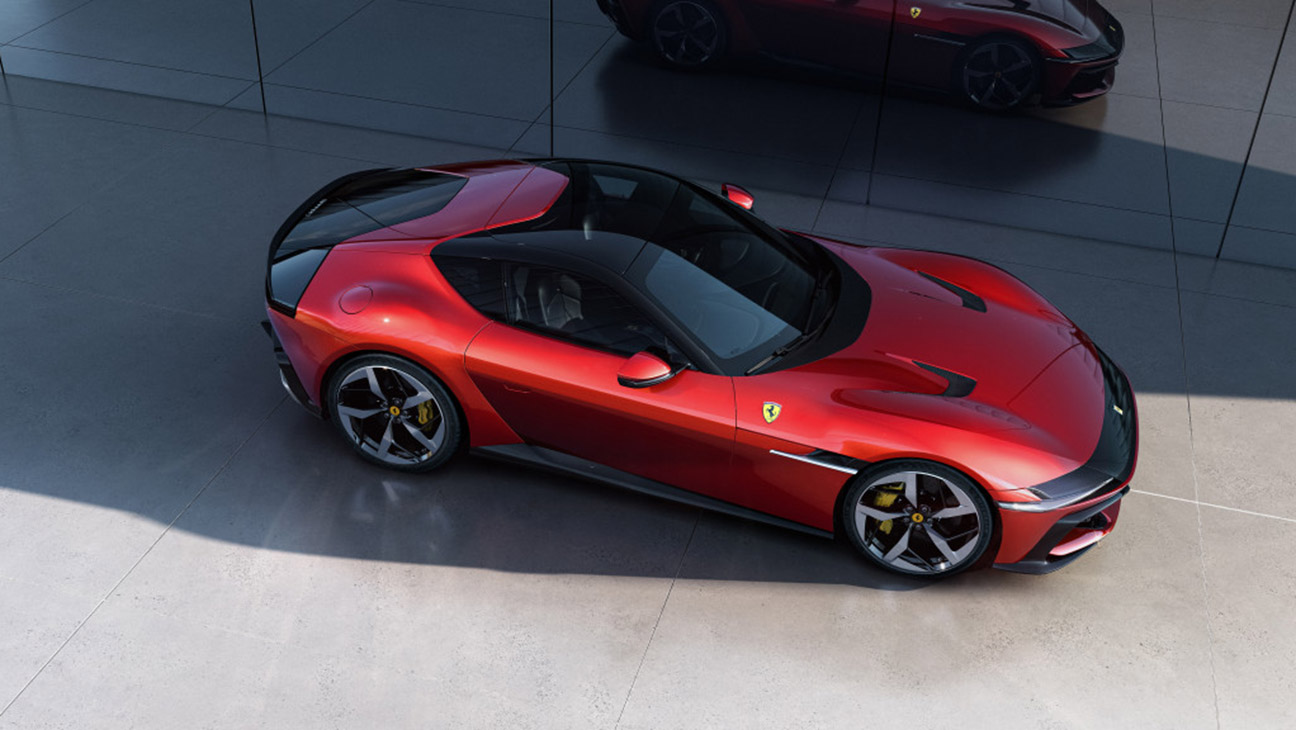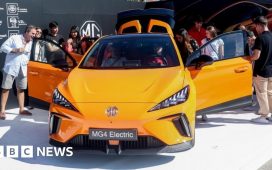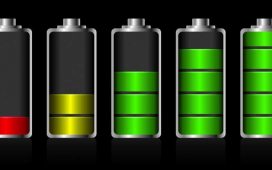No 1970s car exudes more Hollywood allure than the Ferrari 365 GTB/4, known colloquially as the “Daytona.” Not only was it coveted by movie stars and rock gods, but it had several memorable screen appearances itself. One played a significant role in Robert Altman’s Elliott Gould-starring ode to Film Noir, The Long Goodbye. Perhaps most famously, a convertible version starred in 1976’s A Star Is Born, with Kris Kristofferson at the wheel and Barbra Streisand in the passenger seat.
Now, just as that movie inspired an acclaimed remake a few years back, the 365 GTB/4 is having a revival. Ferrari design head Flavio Manzoni likes to suggest that all cars from the Italian exotic automaker are of-the-moment, reflecting their time. But he has not been shy in discussing the historical inspiration for the brand’s new, $459,000 two-seater, the 12Cilindri. Manzoni has said quite clearly that the front end and overall shape echo the Daytona.
The Daytona was released in 1968, a paradigm shifting year in global history, marked by student protests, political assassinations, preparations for the lunar landing, and the emergence of a new generation of Hollywood auteurs.
Automotive design was then, as always, at once inspiring popular culture and responding to it. The late 1960s saw the rise of a more planar and angular language in cars, one that was less adorned, and more aligned with the Brutalist trend gaining foothold in architecture. Luxury vehicles became more bunker-like — sensible given the social unrest, bombings, and kidnappings, on the world’s city streets. Sports cars and supercars followed a similar trend, becoming lower, sharper, and more creased, almost as if they wanted to sneak under detection, or slice through it.
The Daytona helped lead this trend. Unlike its direct predecessor, and nearly every Ferrari before, it did not consist of voluptuously rounded forms, with prominent eye-like headlamps and a smirking grille. Instead, it was fronted by a razor-sharp prow that looked as though it did not care to meet your gaze, and a pursed and nearly invisible grille veiled beneath its hidden pop-up headlamps. It was a radical break with the past.
Its seductive avant-garde exterior, its louche and tiger-striped rolled-leather seats, its squircled rocket-like instrument panel and its propelling 347 hp V12 engine made it a bona fide hit. The car handily outsold its predecessors, as well as its competitors. And it was particularly popular in the entertainment industry during Me Decade.
Pink Floyd founder Roger Waters bought one as did Eric Clapton. After his hugely successful album Goodbye Yellow Brick Road Elton John splurged on a new one. Richard Carpenter, who, with his sister Karen, formed the soft rock duo The Carpenters, owned one, and featured it on the cover of the band’s platinum-selling 1973 album Now & Then. Famed daredevil Evil Knievel bought one, which sold a few years later to New York Yankees slugger Reggie Jackson. Academy Award-winning director Sydney Pollack also purchased one.
Later, in the ’80s, Van Halen singer Sammy Hagar bought one used. And actor and race car driver Patrick Dempsey, got one, later claiming it was the worst car he ever owned.
The Daytona appeared in prominent films back in its day. In addition to its roles in The Long Goodbye and A Star Is Born, it was one of cars stolen in the original 1974 version of the car heist movie Gone in 60 Seconds. And before Crocket and Tubbs traded it in for a Testarossa, car obsessive Michael Mann cast one as the ride of choice for his 80s Miami Vice TV detectives, though it was a replica, not a real Ferrari.

Ferrari 12Cilindri
Courtesy of Ferrari
The new 12Cilindri shares a silhouette with its ’70s predecessor. Like its ancestor, it also sports a hugely potent V12 engine. This marks it as similarly out-of-time — albeit in a perhaps retrogressive way. As the rest of the auto industry leans into the efficiencies and emissions reductions of turbocharging and electrification, Ferrari’s thirsty, if mellifluous, V12 is an anachronism, a kind of vaffanculo to climate climate crises.
But isn’t this what a Ferrari is supposed to be? Like the superstar musicians and actors and athletes that have long worshiped at its altar, an outrageous sports car is a noisy middle finger to the exigencies of so-called normalcy, brasher and bolder than convention would ever afford. Will it have the success of its forebear? We’ll have to wait and see — and watch the streets of Beverly Hills and Malibu and Los Feliz — once the car officially begins deliveries in America at the start of next year. Our guess is a roisterous sí!








